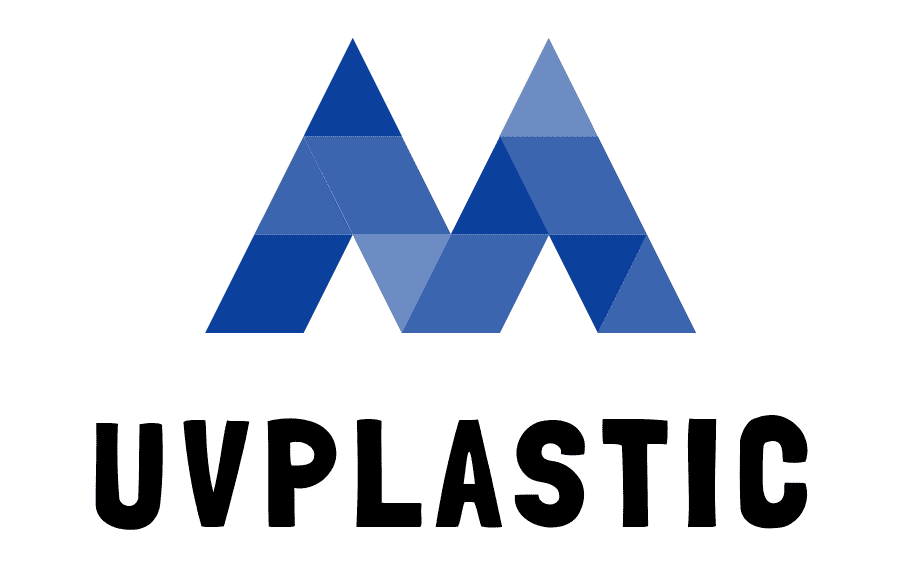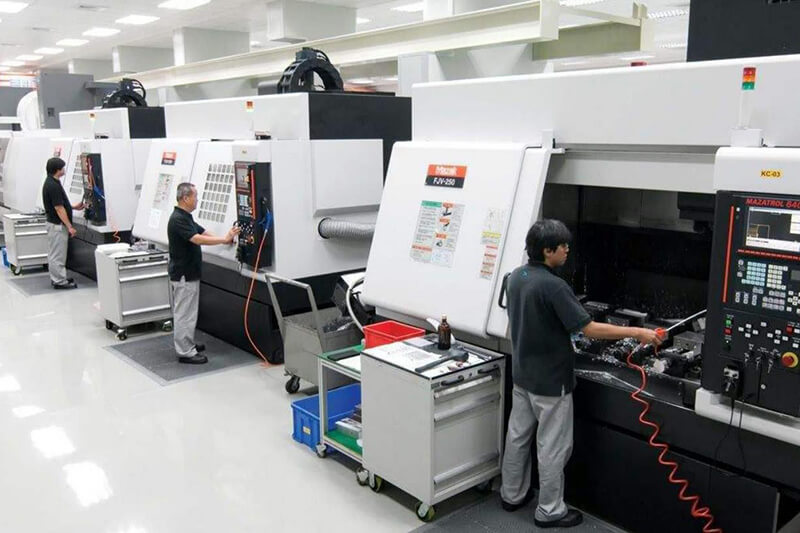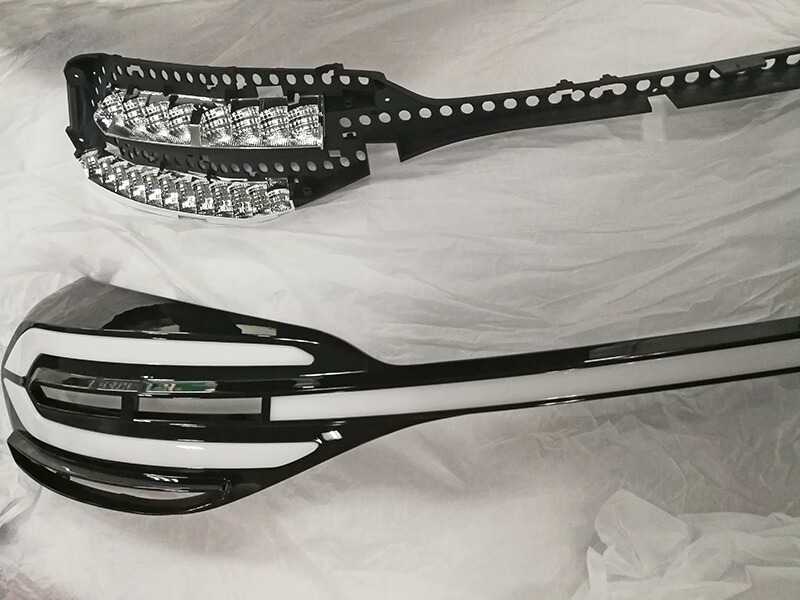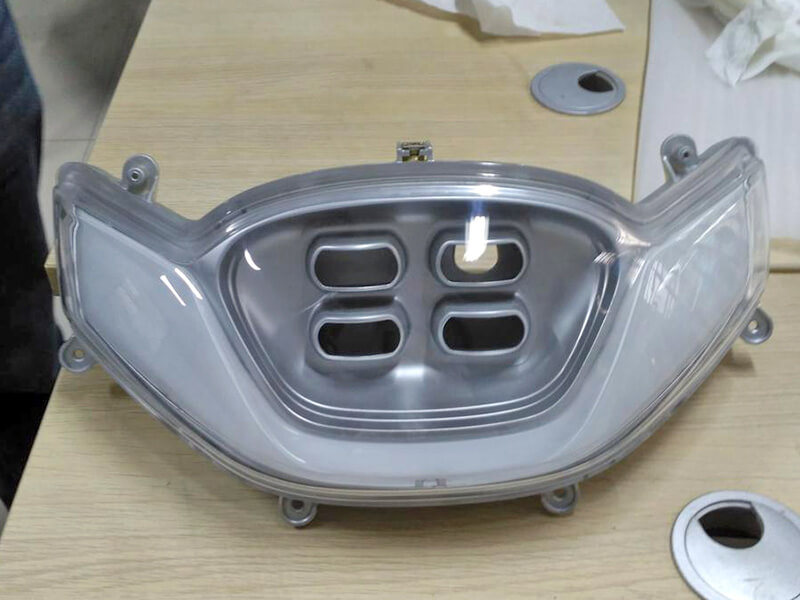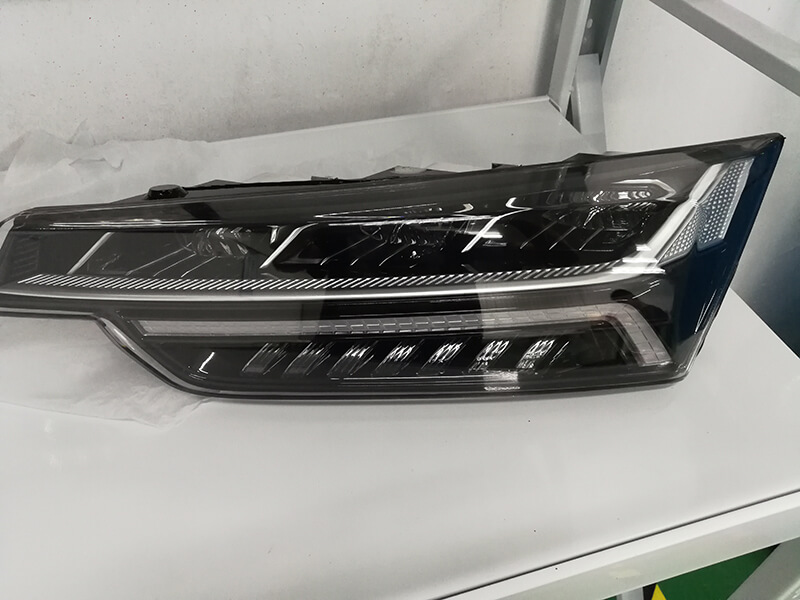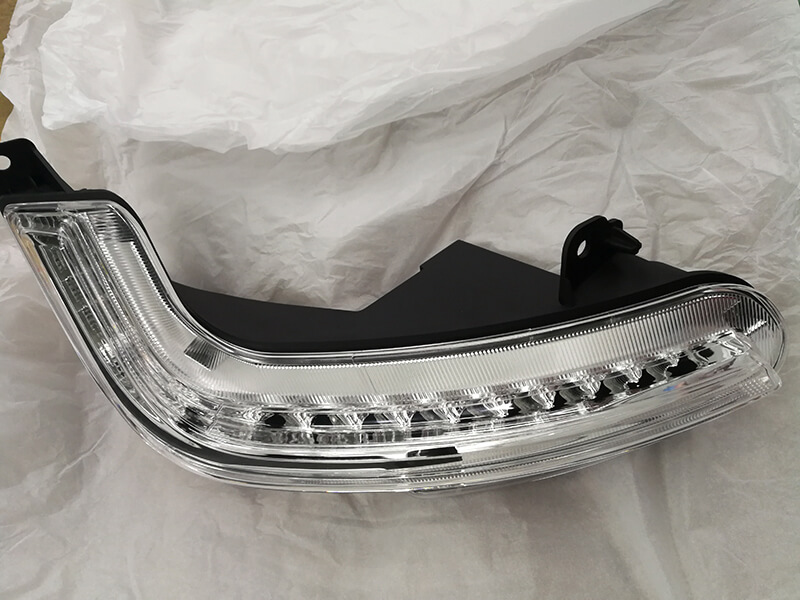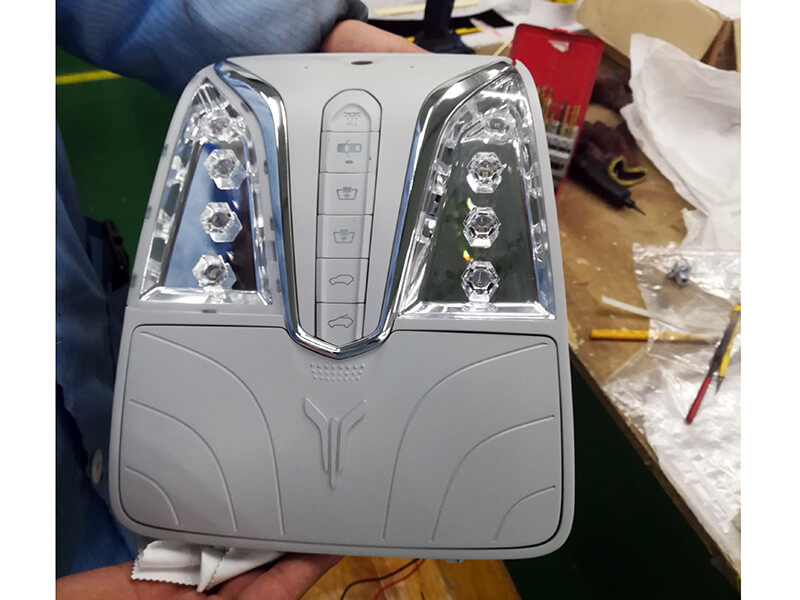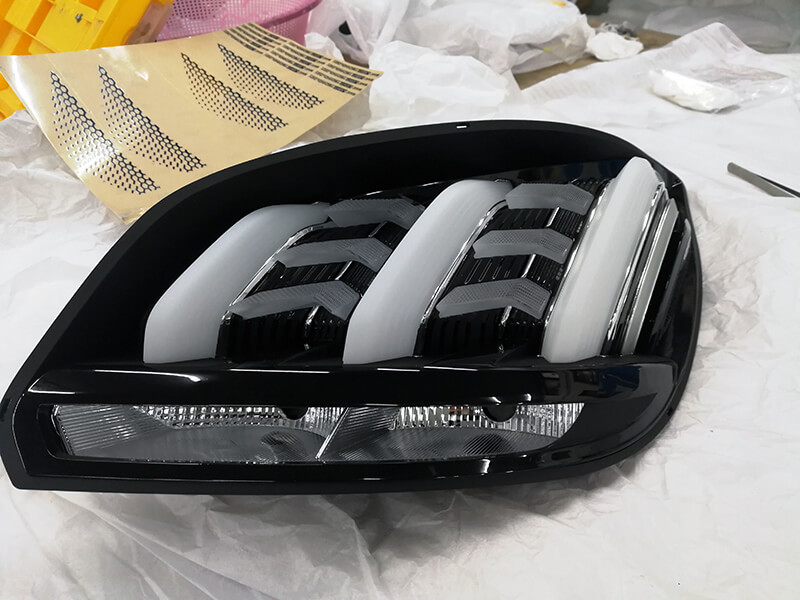Rapid Prototyping for Automotive Lighting
The automotive industry is one of the most prominent industries currently dominating the world. The technologies behind this industry are changing, bringing great progress.
Automotive lighting covers all lights around the perimeter of a vehicle. They can be headlights, taillights, turn indicators, reversing lights, DRL, etc. All these lights have their unique application.
Sometimes, we must define their functions according to photometric requirements, position, size, light color, etc., to ensure safety.
Rapid prototyping, which is the fastest process of fabricating physical parts and assembling them, has taken over the traditional modeling techniques in automotive product development and manufacturing.
Introduction to Lighting Prototypes
Automotive Headlamps
Over the last few decades, semiconductor-based lights such as LEDs have been our preferred light source. This also applies to the automotive sector. The use of LED light in automotive vehicles has increased the luminous flux and LED arrays and expanded the total system efficiency.
They are powerful enough to provide enough light for a full high beam and low beam distribution. In addition, small changes like using semiconductors and small areas of light emission can bring new possibilities for headlamp design because of LEDs.
White Light with Laser Diodes
Laser diodes are semiconductor light sources for LEDs that InGaN, a doped semiconductor material, electrically generates. This material emits photons of a certain energy level, creating a narrow range of wavelengths.
The functional principle for most white LEDs consisting of a blue source and a phosphor is used to generate white light from this spectrum. The phosphor for laser-activated white light is remote from the energy-emitting semiconductor chip.
This concept is often called remote phosphor. This separation of light generation and conversion is possible due to the directional emission characteristics of laser diodes. It allows improved cooling concepts for the automotive system.
Car manufacturer companies like BMW, AUDI, and Daimler have used this automotive lighting system based on a laser-activated remote phosphor.
Selective Laser Melting
The selective laser melting process is for the production of complex-shaped geometries that other technologies cannot produce. One everyday use of this technology is in the production of prototypes. This process saves a great lot of time in the preprocessing steps.
Selective laser melting technology is suitable for bionic cooling structures with LEDs, laser diodes, or heat-emitting phosphor coatings. The material density of aluminum and steel reduces the reflectance of an SLM mirror leading to undesired stray light.
This process requires someone with good knowledge about the expected pores and their occurrence locations. It also needs strategies that can reduce those risks. Mathematical models are required to forecast and avoid them by numerically deforming the CAD part appropriately before melting.
Rapid Prototyping in the Automotive Industry
Increasing efficiency has always been a top priority in the automotive manufacturing industry. Producing safe, intelligent cars requires improved technology and production efficiency that rapid prototyping can offer.
Scene mapping is one of the most common ways automobile manufacturers review accident scenes and analyze the impact data. With its 3D Modeling, rapid prototyping helps put new ideas and innovation that brings defect-free high-quality products. In addition, it helps to build products with 0 errors.
Rapid prototyping allows fast and effective assembly lines and makes changes more flexible. As a result, manufacturers can quickly meet their delivery deadlines even after making design changes.
The cherry on top is that many automotive manufacturers use recyclable materials to make the process cost-effective and eco-friendly.
Methods of Creating Automotive Prototypes
Rapid prototyping is a great way to ensure product quality in the automotive industry. The several methods automotive manufacturers use to create prototypes are-
What Advantages Can You Get from Rapid Prototyping?
Rapid prototyping is a blessing for the automotive industry. You will reduce overall product development costs with faster development, no risks, and a flexible functionality testing process. It also increases user involvement creating an opportunity to evaluate human factors and ergonomics.
The CNC machining process done by professional engineers will get you optimized NC control and an efficient toolpath for improved automation and flexibility. In addition, with 5-axis continuous CNC machining, you will receive substantial machine accuracy.
In rapid prototyping, the optical pattern details are machined to a minimum radius of R0.10mm, allowing manufacturers to see every design detail clearly and figure out any blunder in the process.
You can also get exquisite surface quality with a finished surface in rapid prototyping. Again, auxiliary EDM machining is required to do this part.
Done by high professionals, rapid prototyping will offer an optical mirror effect that will make the prototype look real and a high-quality one.
Conclusion
Good automotive lighting is essential to improve comfort and safety while driving. Car manufacturers are constantly coming up with new, innovative technologies for this. Rapid prototyping makes this process of newer invention fast, flexible, effortless, and most importantly, cost-effective.
